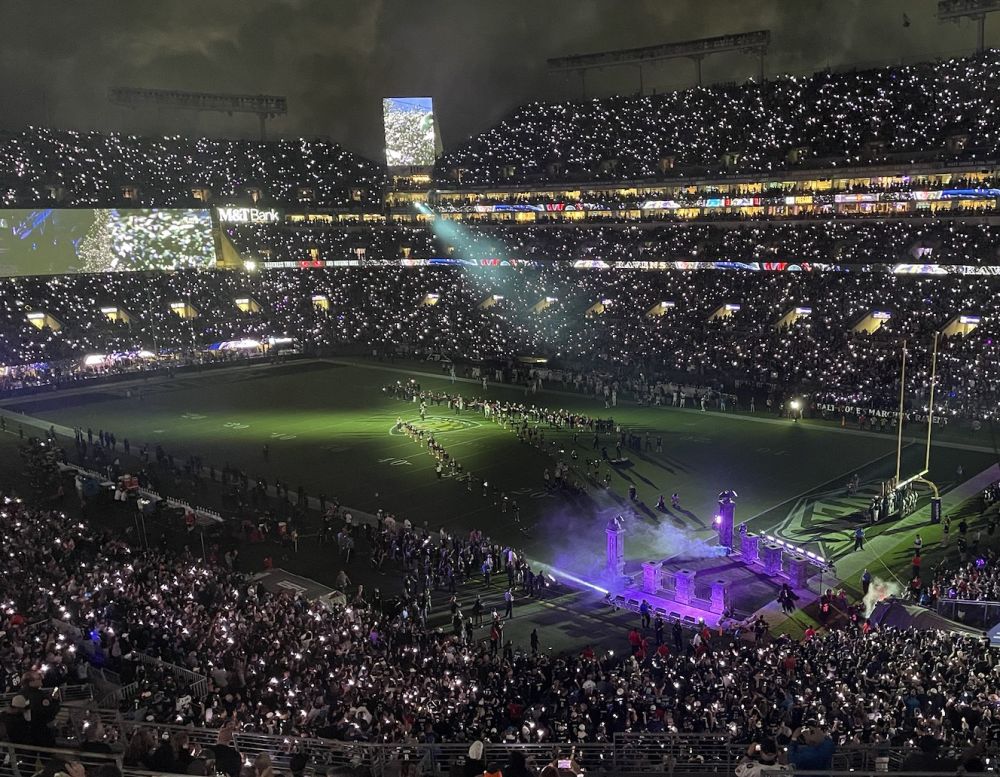of 2000. During late June, Belle began having problems with his hip. By September, he could barely walk and was walking with a limp. “I want to be able to come back as a complete player,” Belle told The Sun as the season closed. “And hopefully with the rehab… with the strength and conditioning, I’ll be back full force.”
In December, several doctors told Belle and the Orioles that this was a degenerative, career-threatening injury. The injury wasn’t improving at all during the offseason.
By the time spring training began in February 2001, the Orioles and Belle both realized the severity of the injury and had negotiated a peaceful exit strategy for both sides with Belle’s agent, Arm Tellem – the same man who just led Mussina to the Yankees for Steinbrenner’s gold.
When Angelos jumped to sign Belle 27 months earlier – and given what he learned from the medical records of Xavier Hernandez and Aaron Sele – he began inquiring about disability insurance of Major League Baseball players, something that was unprecedented in the previous eras of the sport. The guaranteed contracts, the due diligence and the medical history of players created enough risk for Angelos to attempt to mitigate his potential losses in the event of a career-ending injury for a player who makes up a significant portion of the team’s annual payroll.
When Belle signed, team president Joe Foss asked Orioles financial advisor Bob Ames to research insurance on the $65 million deal – by far the largest outlay of cash in the history of the franchise.
Ames found a Pittsburgh insurance broker who had been pestering the baseball industry moguls about the availability of what seemed to be a very pricey policy given the risk of having an athlete get injured with tens of millions of dollars at stake. In the case of Belle, the insurance raised the annual debt service by almost $1 million per year for the five years of his deal. So instead of the $13 million the Orioles were already on the hook for over the life of the deal, it became a $14 million expenditure but Angelos even agreed that the insurance was prohibitive and never truly agreed to the insurance purchase. Ames and Foss, knowing the payroll and the risk, bought the insurance on Belle and rolled it into the payroll expense.
And, now heading into the third year of a five-year $65 million deal with $39 still owed to Belle, the Orioles were in a position to collect 70% of the rest of Belle’s earnings if he were medically proven unable to perform in 2001 and beyond.
It didn’t take long for both sides to find a divorce once Belle appeared



























